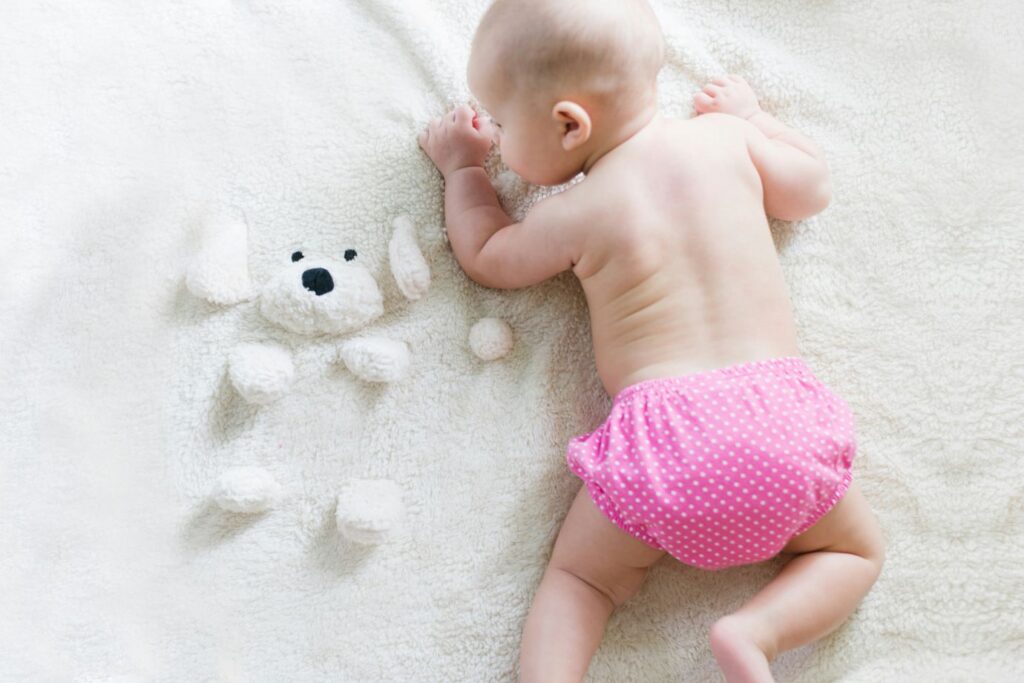The latest print edition of The Economist published last week had an interesting cover story, with the headline: The stunning decline of the preference for having boys: Millions of girls were aborted for being girls. Now parents often lean towards them.
The cover image showed a party ballon with the words: “Phew, it’s a girl!”
The article argued that the historical preference for baby boys may be coming to an end, with parents increasingly valuing daughters over sons for a range of possible reasons.
It’s a trend that appears to be growing since 2000. So, is there truth to it? More importantly, what does a world where women outnumber men look like?
We used to prefer boys
Sex-selective abortion began to increase significantly in the 1980s and 1990s in countries such as India, China, Vietnam and Pakistan, with families believing that having sons would guarantee stronger economic returns and sustain the family name. As ultrasound machines became more widely available in rural and low-social-economic communities, parents were presented with the knowledge of their child’s sex earlier in the pregnancy — leading to the mass abortion of girls worldwide — what the American philosopher and feminist, Mary Anne Warren, termed “gendercide” in 1985.
In 1990, Nobel laureate Amartya Sen coined the term “missing girls” to shed light on the millions of girls who were never born or died prematurely due to neglect.
According to the Indian economist, the deliberate infanticide of female infants had led to roughly approximately 100 million “missing women” in Asia — a continent steeped in patriarchal beliefs.
In China, where the One-Child Policy controlled a woman’s fertility between 1979 to 2015, sex-selective abortion saw countless baby girls killed or left to die of exposure. The practice of sex-selective abortion has since become illegal in the country.
The sex ratio at birth (the ratio of the number of male births per 100 female births) denotes a normal biological circumstance as 105 male to 100 female births. However, in China, a study of more than five million births between 2012 and 2015 revealed that 110 boys were being born for every 100 girls, while in India, one study recorded 120 boys born for every 100 girls.
Worldwide, more than 126 million women were “missing” due to gender-biased discrimination, with more than 80 per cent of these girls and women missing in India and China.
As the United Nations Population Fund (UNFPA) have noted, this imbalance between the number of men and women can lead to sex trafficking, violence against women and forced marriage. A 2018 study of six Asian countries found that imbalanced sex ratios led to an increase of gendered violence in all of them.
Shifting trends
In the last few years, the preference for boys has declined rapidly, especially in regions where it used to be strongest.
The sex ratio at birth has become more even, with 109.8 boys born per 100 girls in China last year, and 106.8 per 100 girls in India. In 2004, the sex ratio at birth in China peaked at 121 boys per 100 girls.
In 2017, UNFPA launched the Global Programme to Prevent Son Preference and Gender-Biased Sex Selection to gather information about gender-biased sex selection and to promote the value of girls and women.
Funded partly by the European Union, the programme worked with governments in Armenia, Azerbaijan, Bangladesh, Georgia, Nepal and Vietnam to tackle the root causes of boy bias.
“Son preference is first and foremost about gender discrimination and violations of women’s and girls’ human rights,” said Luis Mora, a UNFPA human rights expert.
“With this new global programme, we will support governments and civil society in addressing the root causes of the increasing masculinization of their societies through improved knowledge and the development of polices that seek to increase the value of girls and women.”
Although there’s no evidence yet to suggest a surplus of girls is happening, preference for them has been observed in other measures, including polls and IVF technology. In Japan, couples have progressively shifted towards daughter preference over the past few decades, with one study revealing that 75 per cent of Japanese couples who want only one child preferred a daughter over a son.
Among couples who adopt, some agencies charge higher fees for placing female children, suggesting a preference among prospective parents for girls.
“About 80 percent of prospective parents will choose a girl, rather than adopt a boy,” Susan Myers said. The former director of the Lutheran Adoption Network added that this trend can also lead to a problem: “Agencies and orphanages end up with so many little boys waiting and waiting, with nothing wrong except they weren’t born female.”
In countries where couples can choose the sex of the embryo while undergoing IVF, such as the US, Russia, Mexico and Cyprus, couples have expressed a preference for girls. In Australia, according to Melbourne fertility specialist, Dr Raelia Lew, “Girl babies were actually more often selected than boy babies.”
She noted that when couples choose the sex of their IVF baby (between 1999 to 2004, the practice was allowed in NSW) — it was almost always because they wanted to balance out the family — ie. choosing the gender opposite to that of their existing child or children.
What does the future hold?
According to the writers at The Economist, having more women than men “would not be as bad as too many men.”
“A surplus of single women is unlikely to become physically abusive,” they wrote.
But they warned that in a world where women outnumbered men, some men might weaponise their marginality to justify non-committal behaviour. For heterosexual women, it might also mean that finding a companion becomes more challenging . Whatever the future holds, the global trend away from preferring boys can likely be embraced as positive news.
Image credit: Alisa Dyson from Pixabay
Become a Women’s Agenda Foundation member and support our work! We are 100% independent and women-owned. Every day, we cover the news from a women’s perspective, advocating for women’s safety, economic security, health and opportunities. Foundation memberships are currently just $5 a month. Bonus: you’ll receive our weekly editor’s wrap of the key stories to know every Saturday. Become a member here.


